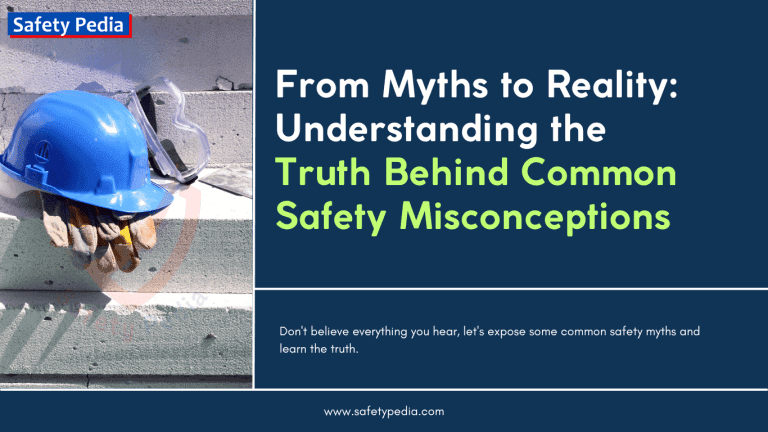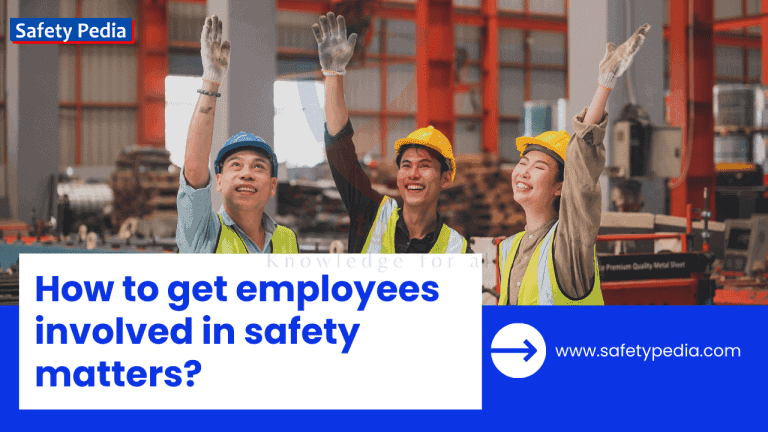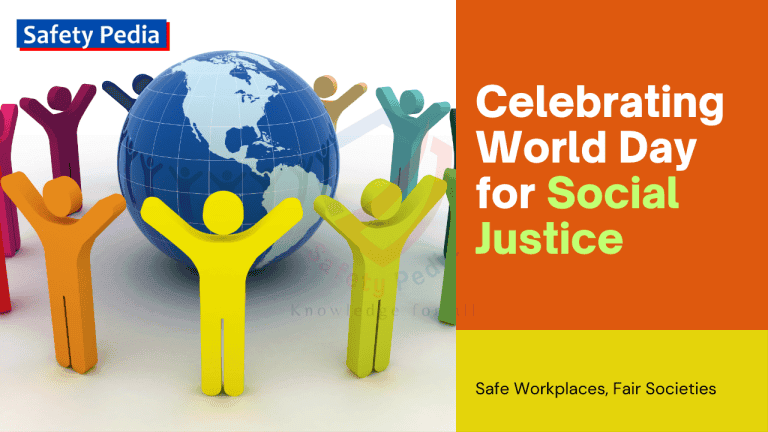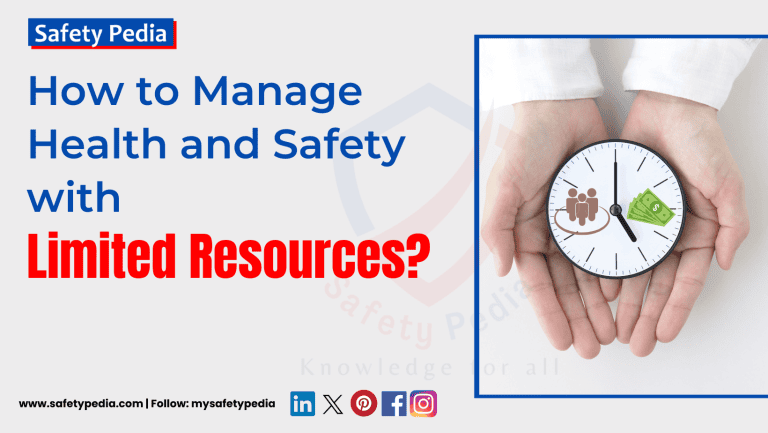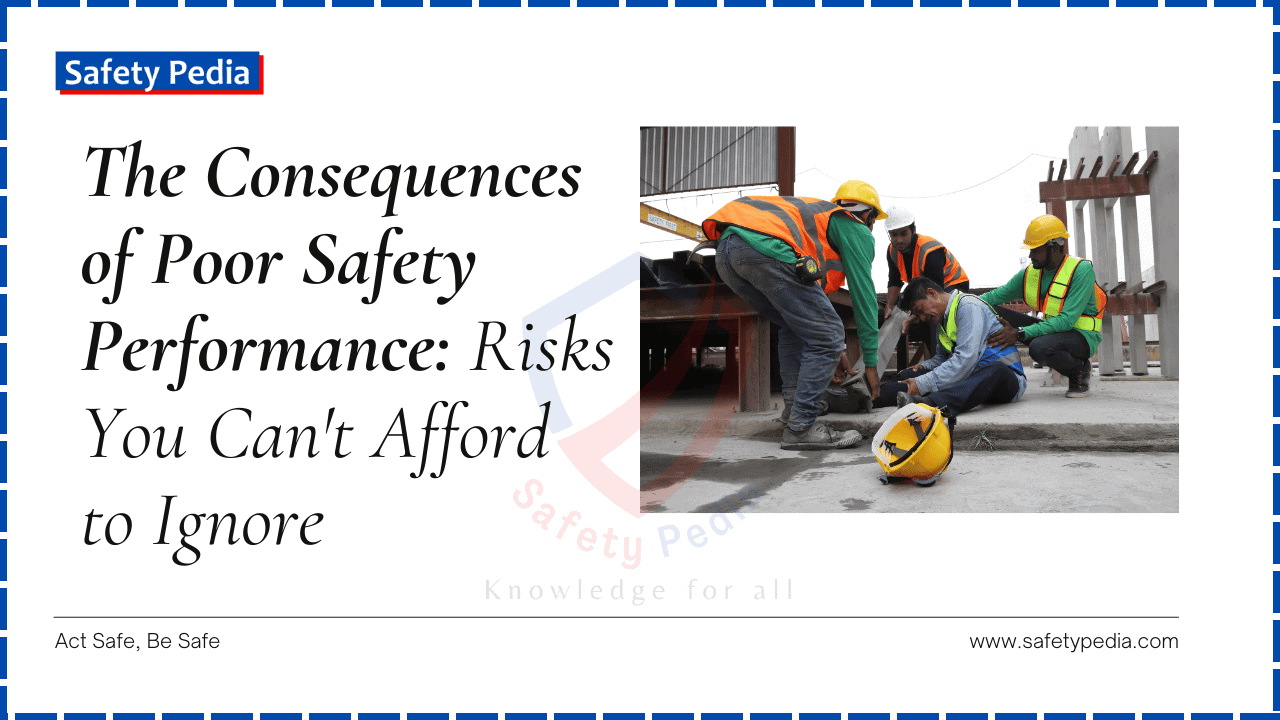
Introduction
In a world where safety precautions are often taken for granted, the hidden dangers of neglecting safety can have devastating consequences. Failing to prioritize safety measures can cost you everything from workplace accidents to household mishaps.
Imagine a scenario where an employee overlooks safety protocols, leading to a severe injury or even loss of life. The emotional and financial toll on the individual, their family, and the company can be immense. The effects ripple beyond the immediate aftermath, potentially causing irreparable damage to reputations and livelihoods.
Recognizing that negligence in safety practices and the consequences of poor safety performance can affect everyone involved is crucial. Whether you’re a business owner, employee, or a homeowner, understanding the risks and taking appropriate precautions can make the difference between a safe environment and a tragedy waiting to happen.
This article will discover the hidden dangers of neglecting safety and explore the consequences that could shatter lives. From legal implications to financial burdens, we’ll highlight the importance of prioritizing safety in all aspects of life.
Join us as we uncover the untold stories of those who learned the hard way and discover how to avoid the pitfalls of neglecting safety.
What is Safety Performance?
Safety performance refers to the effectiveness of an organization’s safety management systems, practices, and processes in maintaining a safe and hazard-free environment for employees, contractors, and visitors. It is typically measured using leading and lagging indicators such as incident rates, compliance with safety regulations, risk assessments, monitoring activities, inspections, training programs, and preventive measures.
What Are the Consequences of Poor Safety Performance?
Neglecting safety measures and poor safety performance can have far-reaching consequences for individuals, businesses, and society. Below are some key consequences of failing to prioritize safety in the workplace:
The implications of inadequate safety performance can be severe and far-reaching, affecting not only the workers directly involved but the entire organization. Here are some significant consequences of poor safety performance:
1. Increased Incident Rates
Unsafe practices and lack of proper safety measures can lead to frequent near-misses, accidents, injuries, and even fatalities. The toll of work-related illness and injury is staggering, with millions of working days lost annually. This can result in emotional distress for employees and their families.
2. Financial Costs
Poor safety performance translates to significant financial burdens. Costs may include medical expenses, workers’ compensation claims, legal fees, and potential fines from regulatory bodies. Additionally, indirect costs such as production downtime, repair costs due to accidents, training, replacements, etc., increase expenses.
3. Social and Ethical Implications
Poor safety performance can erode trust between employers and employees and between organizations and the community. Organizations have a moral and ethical obligation to provide employees with a safe and healthy working environment.
4. Impaired Reputation
An organization with a track record of safety incidents can suffer long-term damage to its reputation. This can lead to decreased customer trust, challenges in employee retention, and difficulty attracting top talent. A negative reputation can also impact relationships with suppliers and stakeholders.
5. Legal Consequences
Failure to comply with safety regulations can result in legal action against the organization. This includes fines, sanctions, or even shutdowns imposed by governmental authorities, depending on the severity of the safety violations.
6. Impact on Sustainability
Poor safety performance can compromise long-term sustainability by damaging resources, disrupting operations, and creating inefficiencies that hinder growth. Damage to equipment, raw materials, and energy infrastructure disrupts production processes and increases operational costs.
7. Impact on Mental Health
Unsafe work environments are not only a physical safety hazard but also a serious threat to the mental well-being of employees. Hazardous work environments can lead to stress, anxiety, and depression among employees, affecting their overall well-being and performance. When employees feel unsafe at work, they are constantly on edge, fearing accidents, injuries, or exposure to hazardous conditions. This constant fear and uncertainty create a high level of stress.
8. Decreased Employee Morale
Employees working in unsafe or hazardous environments will likely experience diminished job satisfaction and motivation. High stress and anxiety over personal safety can lead to absenteeism, low productivity, and higher organisational turnover rates.
9. Lower Productivity and Efficiency
Incidents related to poor safety can disrupt workflow, leading to decreased productivity. The time lost due to accidents, investigations, and recovery periods can significantly hinder an organization’s efficiency and output.
10. Hindered Workforce Development
Organizations that neglect safety performance often face challenges in employee development and training. Workers frequently involved in incidents may require continual retraining or may even disengage from their roles entirely, preventing the development of expertise and skill within the workforce.
What Factors Affect Safety Performance?
Safety performance in any organization is influenced by various factors that determine the overall effectiveness of its safety practices. Understanding these factors is essential to improve workplace safety, reduce incidents, and protect employees. Below is an exploration of 10 key factors affecting safety performance:
- Leadership Commitment: Strong leadership commitment is one of the most critical factors in ensuring safety performance. Leaders who prioritize safety set the tone for the organization, demonstrating that safety is a core value rather than just a compliance requirement. Their actions influence employees’ attitudes and behaviours towards safety.
- Leaders must actively participate in safety programs, inspections, and training sessions.
- Ensuring sufficient budgets and resources for safety measures and equipment.
- Holding supervisors and workers accountable for safety performance.
- Safety Culture: A positive safety culture promotes collective responsibility and proactive measures to prevent accidents. Organizations with a strong safety culture emphasize continuous improvement, open communication, and employee involvement in safety initiatives.
- Encouraging safe behaviours through incentives and recognition programs.
- Transparent communication channels for reporting hazards and discussing safety concerns.
- Allowing workers to stop unsafe tasks without fear of retaliation.
- Employee Training and Competence: Training and competence directly impact safety performance. Workers must be adequately trained to handle equipment, processes, and emergencies.
- Introducing new employees to safety protocols and procedures.
- Regular refresher courses to keep workers updated on safety standards.
- Ensuring employees are certified for specific tasks that require technical expertise.
- Hazard Identification and Risk Assessment: Proper identification of hazards and assessment of risks are foundational elements of safety performance.
- Use job safety analysis (JSA) and Failure Modes and Effects Analysis (FMEA) to evaluate risks.
- Conducting routine checks to identify potential hazards.
- Learning from past incidents to prevent future occurrences.
- Policies and Procedures: Clear and well-communicated safety policies and procedures ensure that employees understand the rules and expectations related to workplace safety.
- Developing and maintaining safety manuals and operating procedures.
- Compliance Monitoring: Ensuring compliance with Occupational Safety and Health Administration (OSHA) and other regulatory standards.
- Emergency Preparedness: Establishing response plans for fires, spills, and other emergencies.
- Equipment and Technology: Outdated or poorly maintained equipment can lead to accidents. Investing in modern technology and keeping tools and machinery is critical.
- Regular servicing to prevent malfunctions.
- Incorporating advanced safety features, such as emergency stop buttons and sensors.
- Providing and enforcing the use of PPE.
- Worker Behavior and Attitude: Employee attitudes and behaviours significantly affect safety outcomes. Engaged workers prioritising safety are less likely to cause or be involved in accidents.
- Promoting motivation through rewards for safe practices.
- Monitoring and addressing unsafe actions through behavioural-based safety interventions.
- Encouraging workers to look out for each other.
- Work Environment: The physical and organizational work environment is vital to safety performance.
- Ergonomics: Ensuring workplaces are designed to minimize physical strain and fatigue.
- Housekeeping: Maintaining cleanliness and organization to reduce trip and fall hazards.
- Lighting and Signage: Providing adequate lighting and clear signage to enhance visibility and awareness.
- Incident Reporting and Investigation Systems: A robust system for reporting and investigating incidents allows organizations to learn from mistakes and take corrective actions.
- Encouraging employees to report incidents without fear of blame (Non-Punitive Reporting).
- Identifying underlying and root causes rather than symptoms or immediate causes.
- Implementing solutions to prevent recurrence.
- Regulatory Compliance and Audits: Compliance with laws and regulations ensures that organizations follow minimum safety standards. Regular audits help identify gaps and areas for improvement.
- Conducting internal and external audits and inspections.
- Maintaining accurate records of incidents and corrective actions.
- Staying informed about changes in regulations and updating practices accordingly.
Safety performance is influenced by a complex interplay of leadership, culture, training, policies, equipment, and employee behaviour. Organizations that prioritize these factors can create safer workplaces, minimize risks, and ensure regulatory compliance. Read 20 Best Ways to Improve Safety Performance in the Workplace to gain more insights.
Conclusion: The Importance of Prioritizing Safety in Your Business
In conclusion, prioritizing safety in any business cannot be overstated. The hidden dangers of neglecting safety measures can lead to devastating consequences, affecting individual employees and the entire organization. The risks are far-reaching, from the potential for severe injuries to the financial and legal ramifications of safety negligence. Investing in safety is not merely a compliance requirement but a fundamental aspect of promoting a healthy and productive work environment.
Organizations can enhance employee morale, boost productivity, and protect their reputation by creating a culture that values safety. Implementing comprehensive safety protocols, engaging employees in safety initiatives, and providing ongoing training are all critical steps in prioritizing safety. The benefits of such efforts extend beyond immediate safety improvements; they contribute to the long-term success and sustainability of the organization.
Ultimately, the responsibility for safety lies with everyone involved. By recognizing the shared importance of safety and taking proactive measures to address risks, businesses can create environments where employees feel secure and valued. In doing so, they not only protect their workforce but also safeguard the organisation’s future, ensuring resilience in the face of challenges. Prioritizing safety is not just good practice but essential for thriving in today’s ever-evolving landscape.
References:
https://www.hse.gov.uk/leadership/benefits.htm
https://www.rosstechnology.com/news/poor-safety-culture-risks/
Frequently Asked Questions (FAQs)
If your question is not listed here, please contact us by filling out the form on the right.
Can’t find an Answer?
Join Our Safety Community!
Stay informed with the latest tips and insights on occupational health, safety, and the environment.
